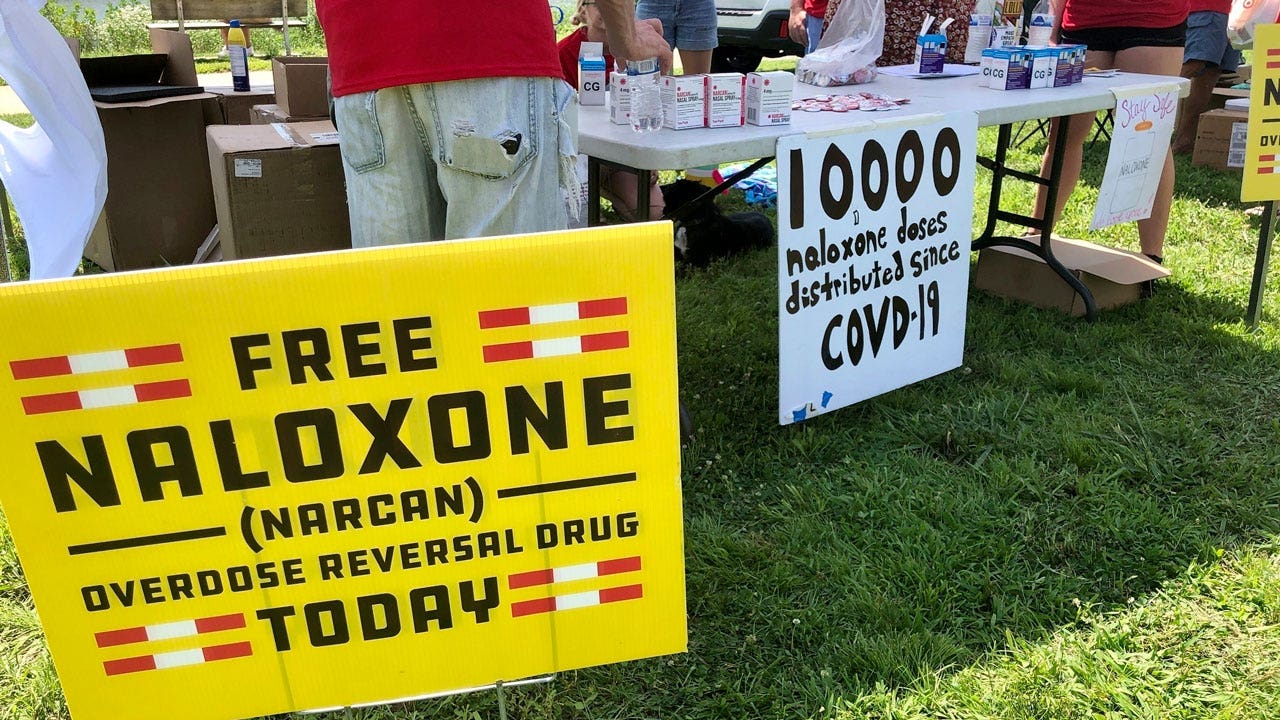Sat, 10 Jan 2009 11:00:21 +0000 – By Noel SheppardNewsBusters.org
In the ’90s it was technology stocks. In the ’00s it was commodities and real estate.
Can our economy grow anymore withoutan asset bubble?
Traders work on the floor of the New York Stock Exchange/AP photo
This question seems particularly important given Friday’s announcement by the Labor Department that employers in December slashed 524,000 jobs — bringing the unemployment rate to 7.2 percent, its highest level since 1993.
Any honest assessment of the last two economic recoveries indicates that speculative hyper-inflation of an asset class or classes was crucial to both as well as pivotal to improvement in the labor markets.
Although the ’90s tech and Internet boom radically improved corporate efficiencies, and the sale of everything related padded the balance sheets of companies producing the hardware and software behind it as well as those that benefited ancillarily, it is unquestionable the bubble in equities provided the real capital infusion for that decade’s expansion, especially in the final years.
Significantly greater than the stimulus produced by the 1997 tax cuts was the trillions of dollars pumped into the system as the NASDAQ went from 1000 to over 5000 in roughly five years.
Every time some company, without even so much as a product let alone sales, got millions of dollars of financing through an initial public offering, most of the proceeds went to lease office space, purchase equipment and furnishings, and pay the salaries of employees that then bought cars, houses, and anything else that fit their fancies.
Multiply those millions by the number of such companies that received equity-related financing during this period, and the dollars that flooded the system were staggering.
Lest we not forget the practically unemployable masses hired and the economic impact that had. Or did you think those satirical commercials featuring homeless people being brought in to work for a new dotcom company had no basis in fact?
Assuming you understood the irony, it should come as no surprise that a recession began almost as quickly as stock prices started receding in 2000. Nor should it be shocking that the subsequent expansion was quite anemic — remember the term “jobless recovery?” — until real estate and commodities prices began spiking.
That’s when the fun really began this decade as Wall Street figured out new ways to make it possible for folks to buy a house with no money down and no requirement to qualify for the loan other than being able to fog a mirror.
Speaking of irony, there was also a commercial that aired during the previous bubble that explained that all an applicant needed to do to get a job with a dotcom company.
Just as laughable were the trillions of dollars of phony assets on financial institution balance sheets — credit default swaps and collateralized debt obligations, for instance — which not only created the money they loaned to people that couldn’t qualify, but also inflated their profits. This allowed everyone involved — banks, brokerage firms, construction companies, realtors, insurance companies, etc. — to hire and expand with nary a concern for economic reality.
The resulting explosion in home prices, along with the ability of consumers to tap into these paper profits, pumped an astounding number of dollars into the economy.
So, too, did the moneys stemming from the commodities bubble.
Despite the inflationary component, and the potential drag on consumer spending which was fortunately mitigated by easy access to secured and unsecured credit, the leverage involved in futures transactions — 90 percent and higher for retail traders, significantly greater for professionals and hedge funds — exacerbated the explosion in the prices of such things as oil, gasoline, and grains. This created jobs in all associated industries, and put huge amounts of money into the system.
No matter how you slice it, without the real estate and commodities bubbles of the ’00s, and the tech stock bubble from the ’90s, both expansions would have been far less robust.
Now, after the most recent bursts, with the prices of commodities, stocks, and real estate seeking a floor to bounce off of, and consumers laden with debt like never before, where will the funds come from to enable the next economic recovery?
Maybe more important, can we do it without the help of an asset bubble this time, and, if so, how?
Noel Sheppard is associate editor of the MediaResearchCenter‘s NewsBusters.org. He welcomes feedback at nsheppard@newsbusters.org.





Leave a Reply